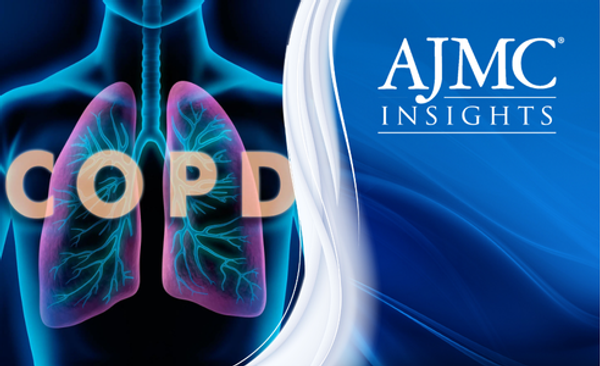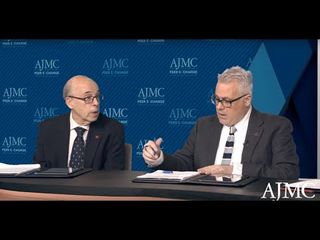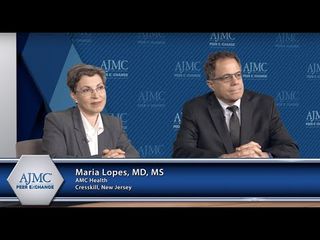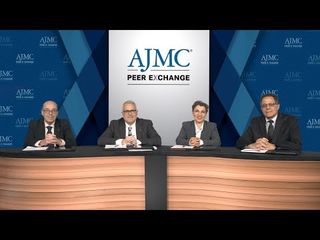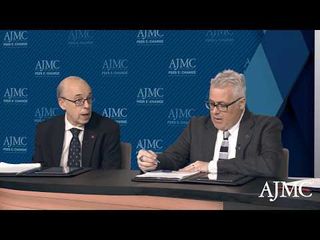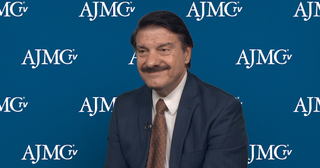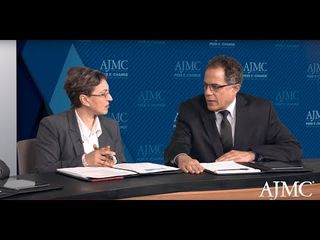
COPD
Latest News

Latest Videos

CME Content
More News

The device, PEP Buddy improves breathlessness symptoms and quality of life in patients with chronic obstructive pulmonary disease (COPD), as well as people who have anxiety and stress.
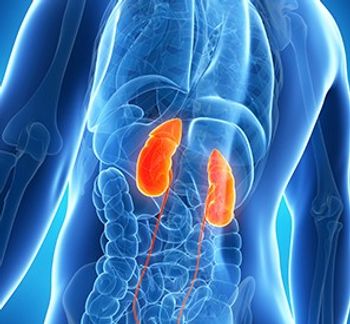
The prevalence of comorbidities in patients with severe chronic obstructive pulmonary disease (COPD), including impaired kidney function, are predictors of long-term mortality, study finds.

A combination of evidence-based interventions and team-based approaches shows efficacy in helping physicians care for patients with chronic obstructive pulmonary disease (COPD), according to one study.

A diagnostic algorithm was evaluated for its ability to gauge the presence of asthma or chronic obstructive pulmonary disease (COPD), in a new analysis.

Imaging and clinical characteristics reach high diagnostic efficacy when they are used to identify frequent acute exacerbations in patients with chronic obstructive pulmonary disease (COPD).

The CAPTURE screening tool showed high specificity but low sensitivity in identifying primary care patients with previously undiagnosed chronic obstructive pulmonary disease (COPD).

Gender-specific chronic obstructive pulmonary disease (COPD) symptoms identify differences among men and women as good predictors for cardiac comorbidities.
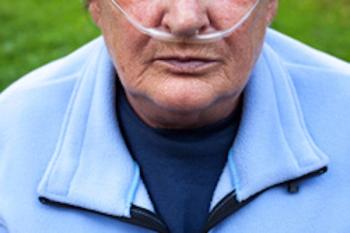
A study of patients hospitalized for chronic obstructive pulmonary disease (COPD) exacerbation found that exclusively using the population-based Hospital Frailty Risk Score tool to assess for frailty may cause it to go undetected and untreated.

Compared with patients with poor continuous positive airway pressure (CPAP) compliance, patients with good CPAP compliance saw improvements in lung function after 12 months.
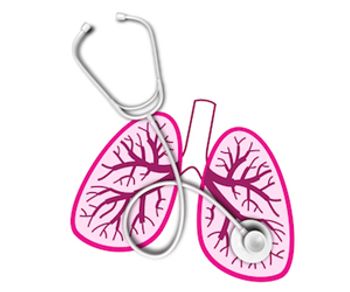
Multiple studies suggest that the mechanisms of lung damage and chronic obstructive pulmonary disease (COPD) due to biomass smoke differ from COPD caused by smoking cigarettes.

Patients with chronic obstructive pulmonary disease (COPD) are more likely to die in the year after undergoing surgery and rack up higher health care costs post-operation, study finds.

Medical experts provide their closing thoughts on the chronic obstructive pulmonary disease treatment landscape.

Cost drivers and payer considerations are emphasized for treatment of patients with chronic obstructive pulmonary disease.

Adding air purifiers into the home directly improves cardiac autonomic function and respiratory health for patients living with chronic obstructive pulmonary disease (COPD).

Nonmedication COPD strategies, such as pulmonary rehabilitation, are highlighted.

Selecting appropriate inhalers based on individual characteristics and shared decision-making is crucial for optimizing care for patients with COPD.

Despite chronic obstructive pulmonary disease (COPD) being associated with poor mental health and depression, most older adults report being free of mental illness or substance abuse, a new study has found.

Inhaler technique informs health care outcomes in COPD management and should be a primary focus in patient education priorities.

Treatment pathways, including escalation and de-escalation of therapy, for patients with COPD are explored by a panel of medical experts.
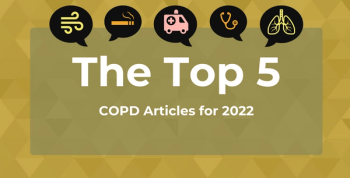
This year’s most-read articles on chronic obstructive pulmonary disease (COPD) includes researchon early interventions and possible health policy solutions.

Patient education is critical for self-monitoring of COPD disease progression.

An expert panel discusses appropriate transitions and adjustments to COPD treatment approaches.

New study findings call into question the necessity of spirometry as a criterion for participation in palliative care research among patients with chronic obstructive pulmonary disease (COPD).

Higher mortality rates linked with chronic obstructive pulmonary disease (COPD) are found in individuals employed in the mining and food service industries, according to a CDC analysis.

Key opinion leaders highlight the triple therapy approach from the most recent GOLD guidelines, including ICS, long-acting beta-agonist (LABA), and long-acting muscarinic antagonist (LAMA).





